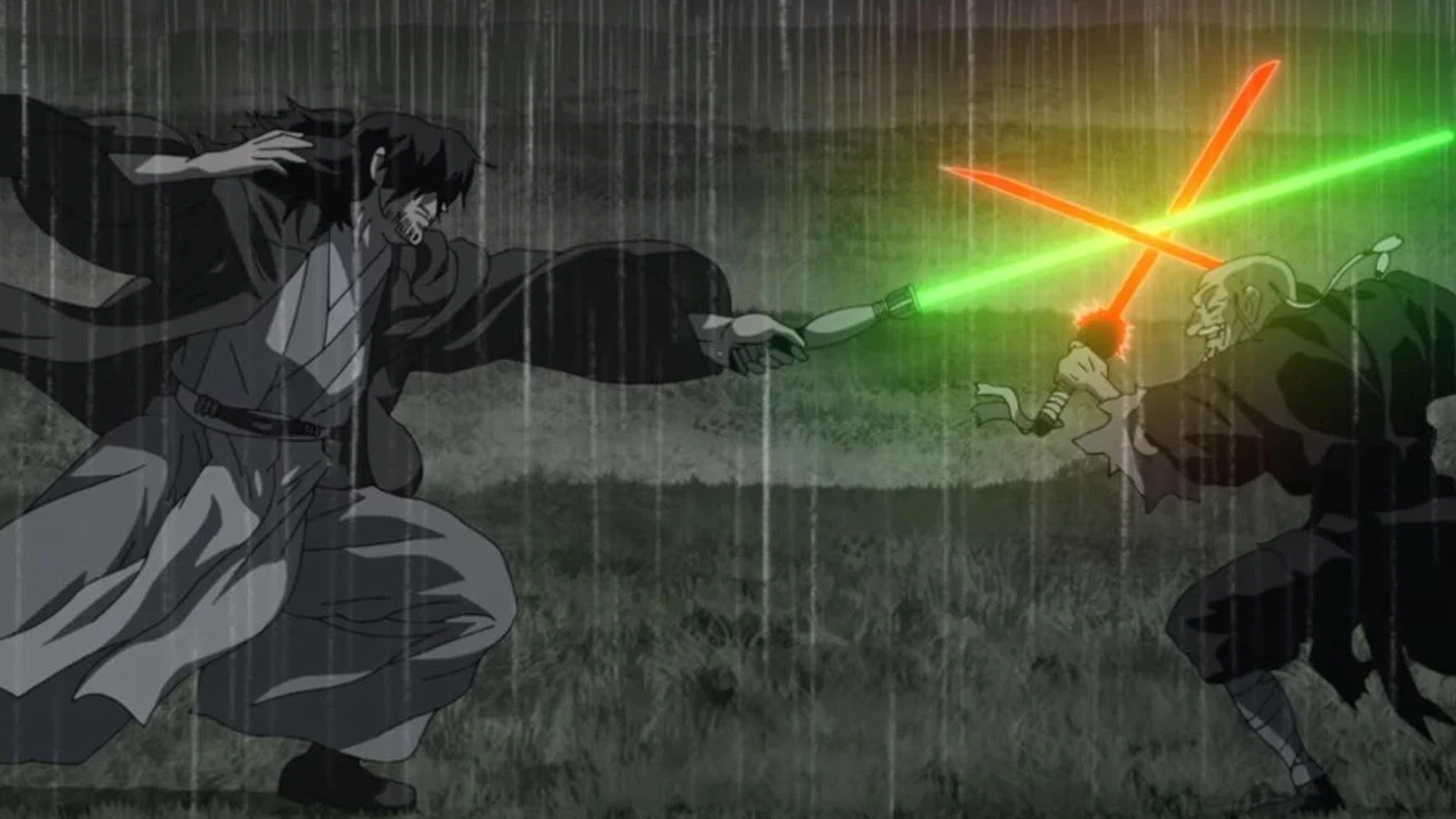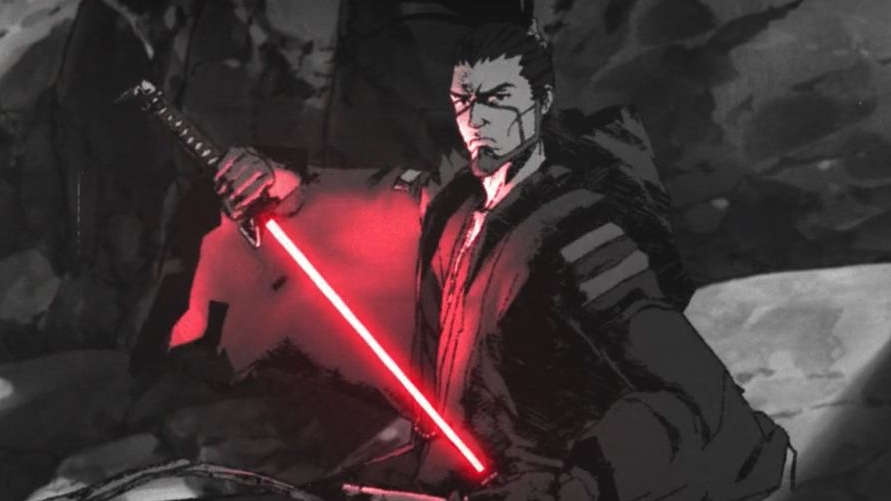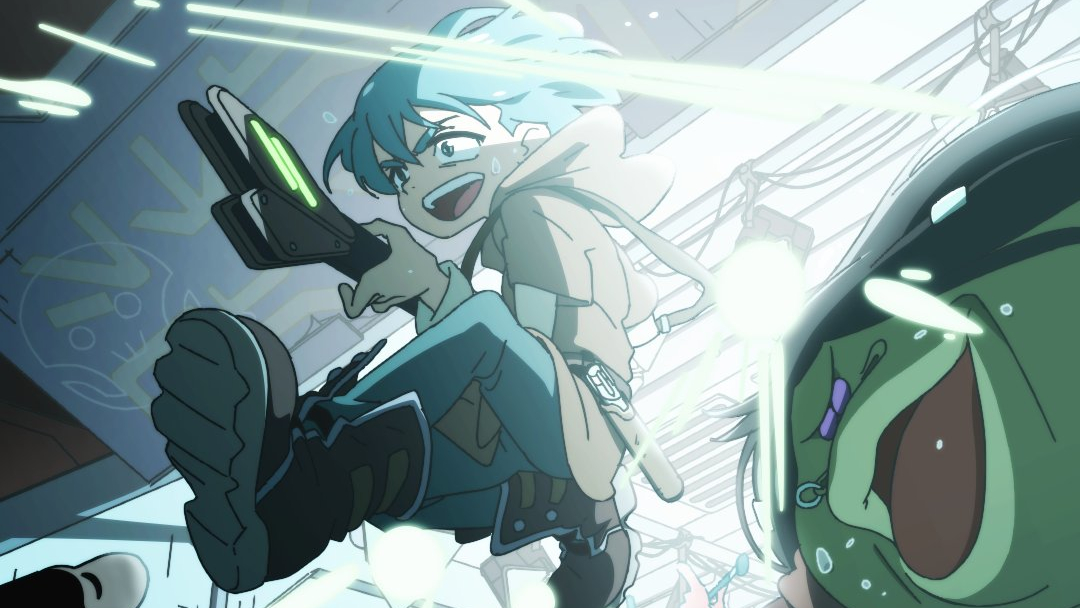Star Wars: Visions review – fresh perspective on classic Star Wars tropes
Star Wars: Visions is a unique entry into the franchise that combines an amazing collection of artists with timeless Star Wars stories.

Nowadays, it’s difficult for anything in the Star Wars franchise to feel truly unique in 2021. Since the acquisition by Disney, there’s been such a deluge of content that it all seems to run together – from a new trilogy to the prequel films, not to mention the multiple new upcoming Star Wars TV shows coming to Disney+. We also have a handy list with all the Star Wars movies in chronological order to help you out.
Star Wars: Visions is a fresh take on the classic Star Wars franchise, and that’s what makes it so special. Not only do most of the episodes manage to tell engaging stories with a reduced run time, but there’s so much incredible art from episode to episode, that unless you take the time to watch the show at a slow pace, rather than binging, you’re sure to miss something.
Most episodes of Star Wars: Visions are less than 20 minutes long, with each of them being produced by a different Japanese animation studio. This means that every episode has a unique look and aesthetic, which gives each of the stories plenty of personality.

A great example of this is the first episode “The Duel,” when compared to the very next episode “Tatooine Rhapsody.” “The Duel” is set in an alternate, feudal-Japan inspired universe. It follows the story of a lone ronin who arrives in town in order to repair his droid. However, he’s soon accosted by a Sith Lord, who uses a never before seen lightsaber design that somehow looks like an umbrella of death. Produced by Kamikaze Douga (a studio that’s credits include JoJo’s Bizarre Adventure: The Animation), the whole episode is entirely in black and white, aside from the red beams of the lightsabers, which gives the story an understated, classic look. Star Wars was originally inspired by George Lucas’ love of the Seven Samurai, so this episode feels like a continuation of that lineage.
The next episode, “Tatooine Rhapsody,” on the other hand, couldn’t be more different. It’s a high energy story set in the Clone Wars, in which a young Jedi on the run ends up being forced into leading a rock band. There’s an 80s teen comedy feel to it, and if it weren’t for the appearances of Jabba the Hutt and other Star Wars characters which we won’t spoil, it would feel like any anime about a plucky young band attempting to make it big.

And that’s Star Wars: Vision’s greatest strength. The episodes feel like stories that happen to take place in the Star Wars universe and play on some of the lore, without an unwavering reliance on fan service, or sticking with established canon. It’s that juxtaposition between the mundane and the hyper dramatic where Star Wars: Visions is at its best. We wish there were slightly more of the irreverent, eccentric episodes, when compared to the combat heavy ones, but even the episodes that are more focused on action maintain moments of levity.
When you watch a Star Wars film, it’s fun to imagine all the stories that are taking place away from the action. What was going on on Tatooine once Luke and the gang left? Star Wars: Visions explores those quieter moments, while also providing the high melodrama that Star Wars is known for, and fits in well with the anime aesthetic.
Breaking space news, the latest updates on rocket launches, skywatching events and more!
Next episode is “The Twins,” which explores the creation of two Force users with the intention to destroy the new Republic. It’s full of classic Star Wars tropes, and at times feels like the old expanded-universe books that were so popular before Disney moved them all to “Legends” (their term for Star Wars material before the acquisition that’s no longer considered canon).

We’d really recommend only watching one or two episodes per day. It’s easy to binge through all of Star Wars: Visions due to the short length of each episode, but when watching all of them in a row, the stories can sometimes blend together and great episodes can fall between the cracks. We watched it through twice, once in one sitting when it was released, and a second time going through the episodes slowly, and it’s hard to argue against the second method being a much better way to experience the show. Especially as its serialized nature lends so naturally to watching the show at a slower pace.
We really hope that Star Wars: Visions is given a second season, and that a whole new group of studios get to provide their take on the Star Wars universe. The show looks incredible, with each episode being a feast for the eyes, and, beyond that, almost all of them manage to back up the brilliant visuals with a strong story that fits the run time perfectly.
You should make sure you take the time to enjoy Star Wars: Visions at a slower pace than you would a normal TV show, as watching it all as fast as you can runs the risk of you missing out on some of the best parts. Star Wars: Visions never quite matches the heights it begins with in “The Duel,” but there’s also very few, if any, moments of weakness in what is one of the best Star Wars projects since the Disney acquisition.
Jordan Middler is a Scottish journalist with a love for anything he can put on a shelf. With almost a decade of creating content about video games and tech, as well as five years as the chief voice of gaming for BBC Scotland, Jordan has recently turned his attention to all things LEGO, mainly so that when we reach the heat-death of the universe, he can build himself a lovely fallout shelter and wait for it to all blow over. If he’s not reviewing the latest games, or building LEGO, you’ll find him dusting his shelves in the eternal war with his greatest enemy, dust.

